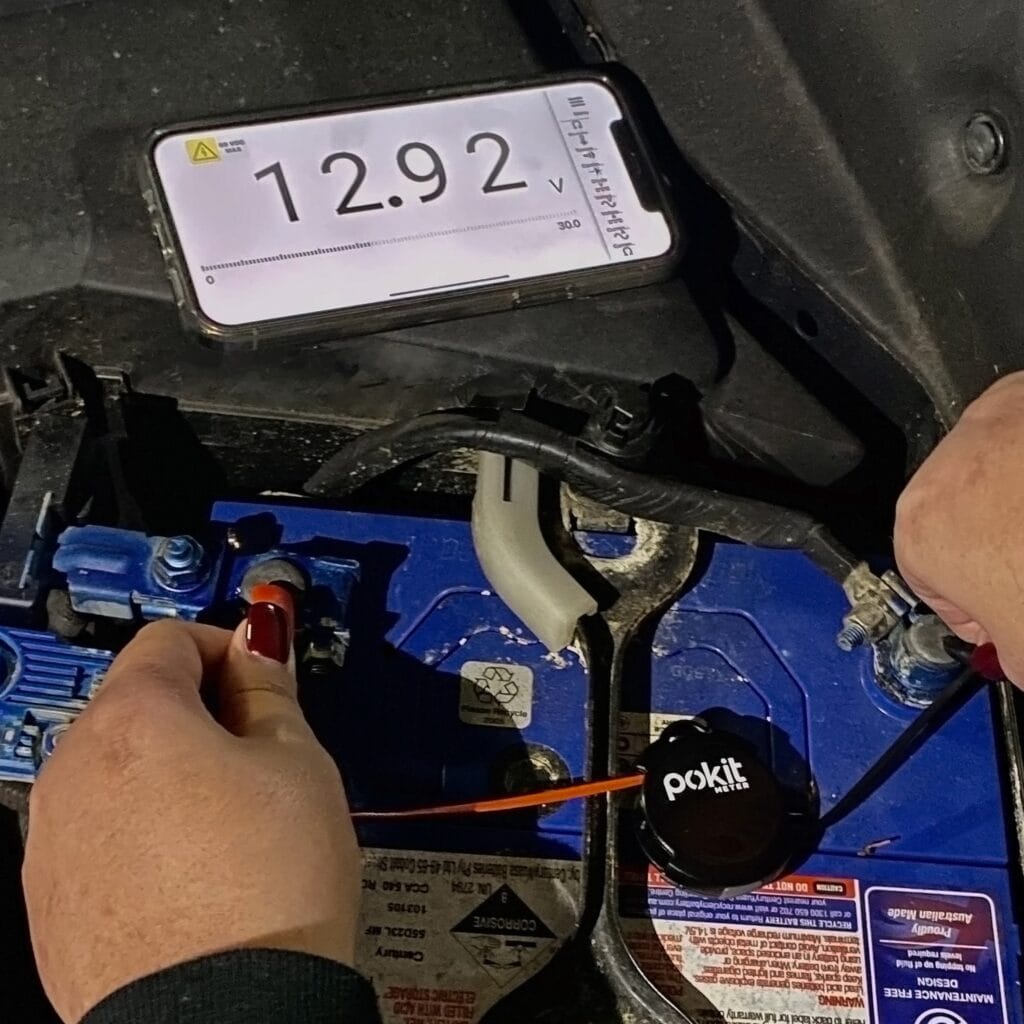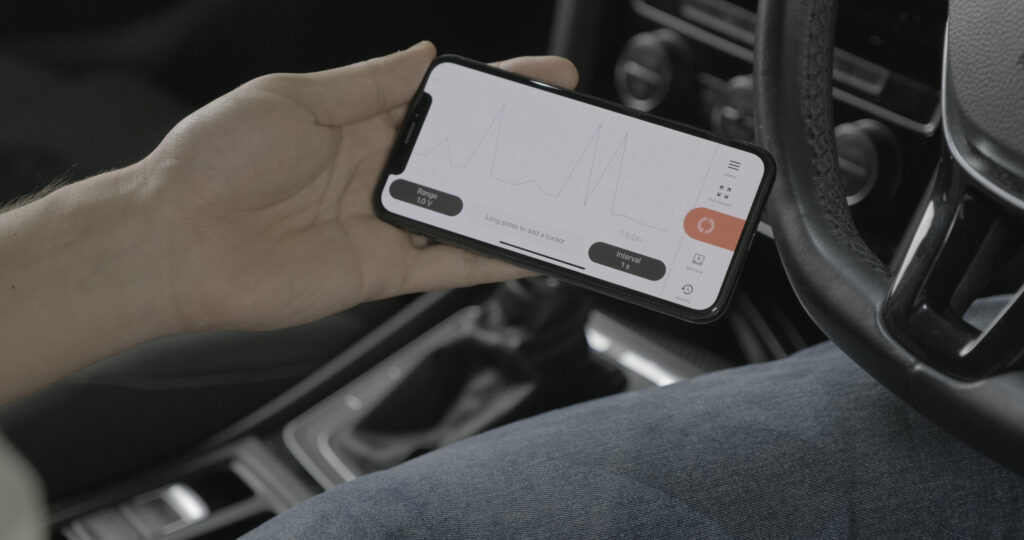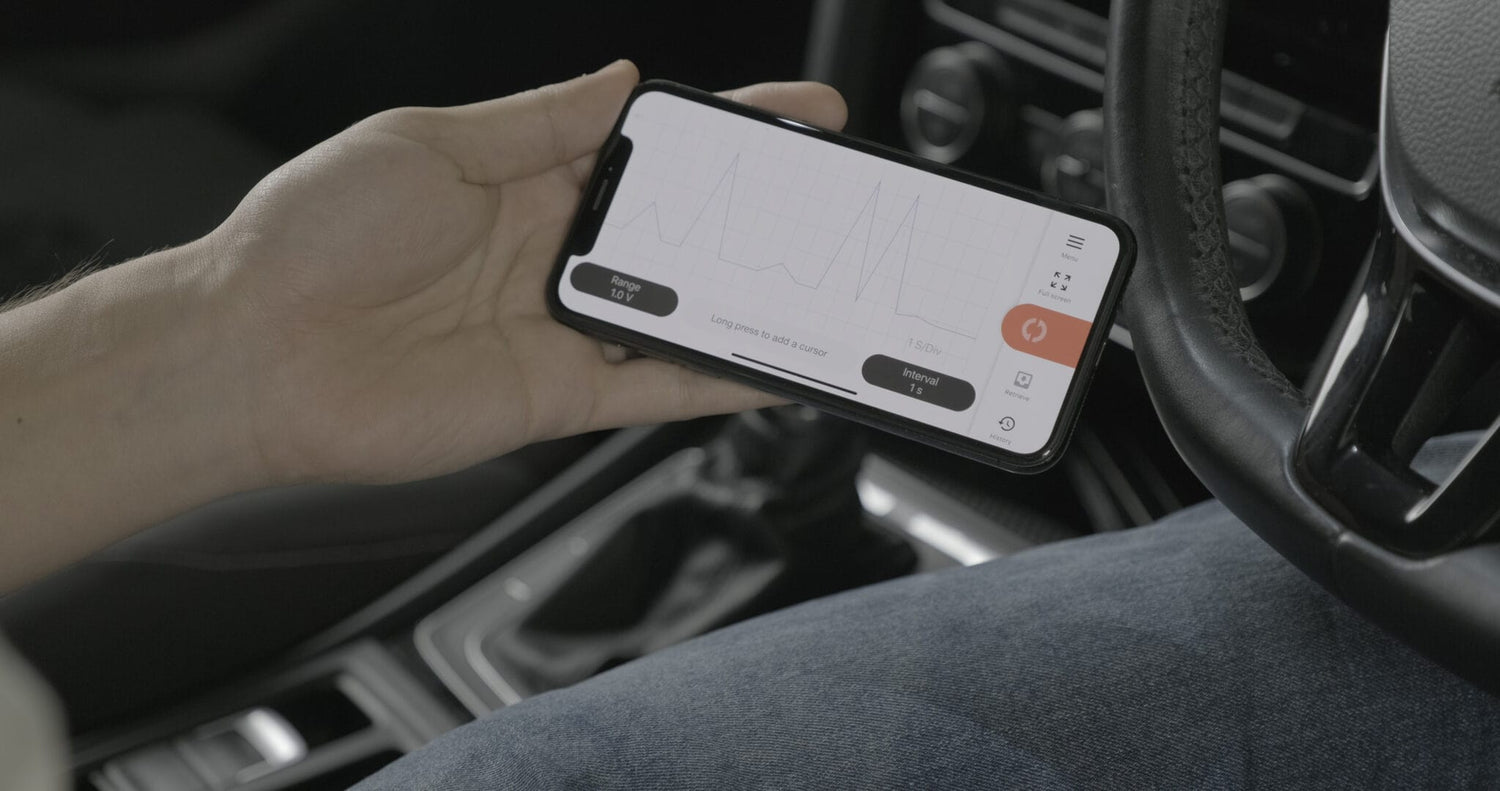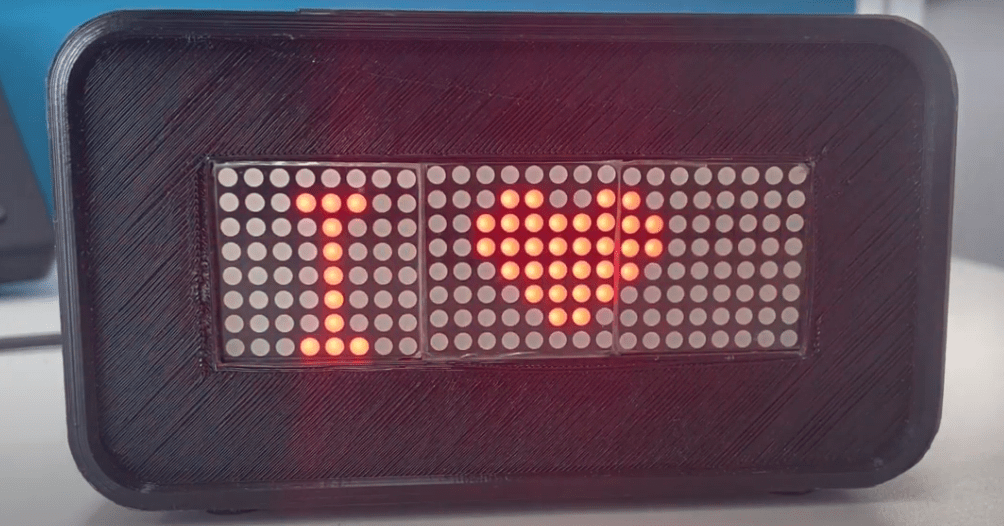This blog post was originally posted on August 16, 2021.
We did some online research into automotive maintenance recently. We also had a chat with our friend @mechanicmindset who knows the ins and outs of all things automotive. We’ve found that it is essential to maintain your car’s electronics because, from personal experience, they can go from working to not at all in a ride or two if not taken care of. It would be best to do this on the go with Pokit Meter.
Here are a few tips and tricks we’ve found and think would help you out for the next time you feel like your car battery is feeling a little off!
Symptoms of a Bad Battery
We think it’s good to know what to look for if there are no direct symptoms, such as the dashboard light. So, some symptoms are:
- The engine is clicking but not turning on when you are trying to turn on your car.
- The battery seems weak or dead.
- Interior or exterior lights are dim.
- If any electrical component of your car seems to be “acting up”, then there is a possibility your battery is having a problem.
Connecting your Pokit Meter to a Battery

When checking your battery with a Pokit Meter, it is crucial to make sure you are connecting the probes to the correct terminal of the battery. Luckily, you can use the colours of the probes and terminals. They should correspond to each other. Don’t worry. Sometimes we forget and connect the wrong probes. If you do this, the readings on the Pokit App will be shown as negative, and you may just flip them around.
Voltages to look for when using the Multimeter
When using your Pokit Meter as a multimeter, these are the voltages to look for
| Voltages | Battery State | What to think |
| < 10V | Running |
The battery is low and close to being dead |
| 12.4 – 12.8V | Still | Your battery is working fine! |
| 13 – 14.8V | Running | Your battery is working fine! |
| > 15V | Running | Your alternator may be overcharging your battery. |
Using the Pokit Oscilloscope and Logger for Car Maintenance and Repairs
You may check your alternator also by using the Pokit oscilloscope and logger.
Using the oscilloscope or logger, you can see the highs and lows of the signals running through the alternator. Using it can show a more in-depth view of the inside of your alternator. When using the logger, you can even run a Pokit Meter log for an extended period of time to see what is happening with your battery and alternator.

Checking your car regularly
Whilst writing this blog post, we asked our Pokit Community on Instagram, ‘How often do you check your car battery?’. So, 79% of respondents said they rarely check their car battery. Using these tips and tricks and, of course, a trusty Pokit Meter, you should be able to easily check your car regularly. It is more important to prevent issues rather than have them become more significant and costly issues. While the Pokit team is not a professional car maintenance specialist, we want to show how Pokit Meter can be a handy tool for every car owner to prevent embarrassing and unnecessary breakdowns caused by dead batteries.
Our friend @mechanicmindset recently posted a video on his YouTube channel showcasing Pokit Meter for automotive use. We recommend watching this video to see what a professional mechanic has to say about the Pokit Meter.
Of course, if you think your car is in worse shape than just a battery issue, you should see a professional mechanic or auto electrician.
Let us know if you have any tips and tricks as well by sending us a quick message on Facebook or Instagram.




Leave a comment
This site is protected by hCaptcha and the hCaptcha Privacy Policy and Terms of Service apply.